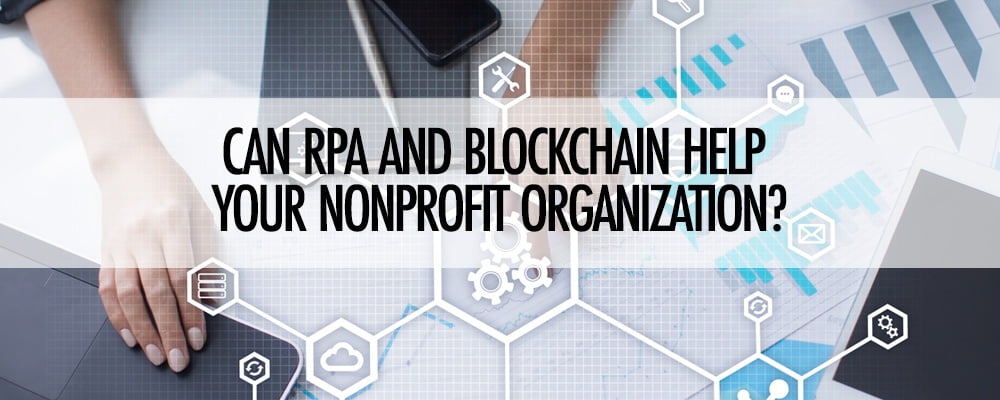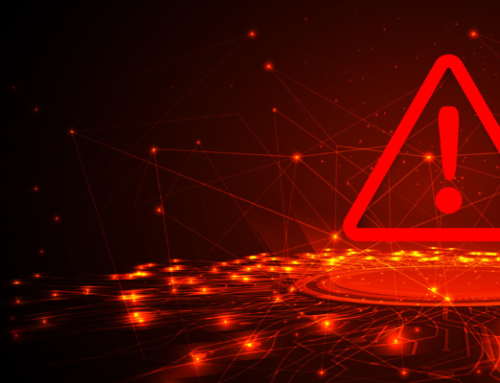To date, modern technology has allowed us many advantages in the workplace. However, certain issues such as operational inefficiencies and data breaches are still relatively common among organizations today. Operational inefficiencies can stem from repetitive and routine tasks, which are primarily administrative and require a substantial amount of labor hours to complete. Data breaches include the theft of money and personal identifying information, such as social security numbers. The majority of these issues typically occur in organizations of less than 200 people.
There are, however, relatively new technologies available to address such issues – in particular, Robotic Process Automation (RPA) and blockchain. Most people are familiar with these terms, although many are not familiar with how these technologies work. Additionally, most people will usually associate these terms with large corporations and cryptocurrency companies. These technologies are in fact scalable, and organizations can incorporate these at many different levels.
Increase Efficiency and Reduce Labor Costs Using RPA
RPA is the process of using software to automate repetitive tasks. For these tasks, RPA software can perform the same set of steps that the employee does in an error-free and consistent manner. RPA software can be used for tasks such as managing email inquiries, data collection, data reporting, and many other functions. If used properly, RPA can also save extra labor costs associated with performing these tasks. Additionally, as most employees tend to dislike repetitive and routine tasks, such efficiencies hold the added benefit of increasing job satisfaction. By increasing the efficiencies of the organization as a whole, this allows employees and volunteers to maximize their potential and to focus on their organization’s mission at hand.
Take fundraisers, for example. Fundraising campaigns usually involve many repetitive tasks. These tasks include the maintenance and collection of past and present donor information, processing payments, and data entry. Automation of some or all of these functions through RPA software allows the organization more time to spend with donors, the people they help and their fellow employees.
Blockchain Helps Not-for-Profits Build Trust with Their Donors
Blockchain is an encrypted and decentralized (peer-to-peer) database, which records and processes transactions between or among parties. Blockchain allows financial transactions among parties, while storing banking transactions in a secure manner. Every block of data is verified using an algorithm, so the information represented on the blockchain is accurate. This algorithm and the blockchain encryption protects against data corruption and manipulation. Parties involved may examine the blockchain for records associated with their organization or cause, increasing the transparency of fund destinations.
Transparency builds trust among donors, and they know there is a higher chance their information will be secure with a company using blockchain. Traditionally, if someone donated to an organization which provided services to those in need, the donor would send a check or wire transfer to the organization and trust it be put to good use. With blockchain, the donor can now log in and see the organization’s activity. Anyone around the world can join the organization’s platform and donate. These donors are then able to see the organization’s progress via the online blockchain ledger.
Before deciding if these technologies would be a good fit for your organization’s security and progress, a consultation is typically a good idea. Need help deciding if your organization would benefit from the implementation of one or both of these technologies? Contact PBMares today for a consultation.





